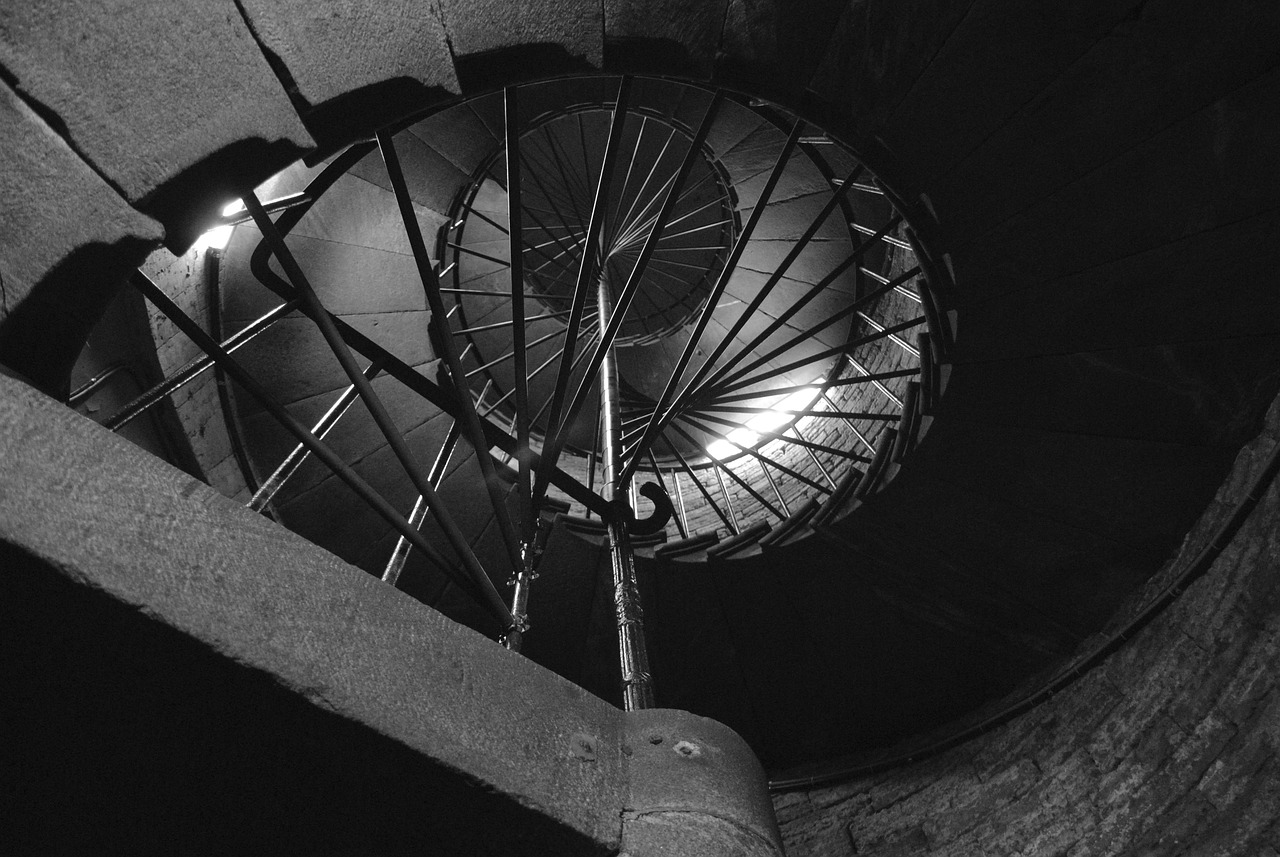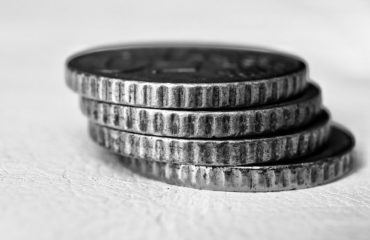One of the more interesting reliefs in the Polish tax system is the so-called housing relief, which allows individuals to ‘save’ on taxes in a situation where they sell a property they own and use the proceeds from this transaction to realize a housing purpose.
In practice, however, this relief is associated with a number of different types of uncertainties. For example, we often encounter questions related to determining whether the sale of real estate used for business activities (e.g. business premises) can also benefit from this exemption? We will try to answer this question in today’s article.
At the outset, it should be pointed out that the relief in question is governed by Article 21 section 1 Item 131 of the Polish PIT Act. Based on it, the legislator indicates that “income from paid disposal of real property and property rights referred to in Article 30e, in the amount which corresponds to the product of such income and the share of expenses incurred for own residential purposes in the income from paid disposal of real estate and property rights, if as of the date of paid disposal, but not later than within three years from the end of the tax year in which the paid disposal took place, the income obtained from the disposal of such real estate or property right was spent for own residential purposes. Documented expenses incurred for such purposes are included in the amount of income from paid disposal of real estate and property rights“.
When analyzing the above provision, it should first be noted that this regulation only specifies that the income which may benefit from this exemption must be derived from the disposal of real property or property rights – without specifying their type. This means that it does not have to be, for example, a residential property, but it can also be a business premises, a whole tenement house, a landed property, etc.
However, in practice, in the case of the sale of property used in the course of a business activity, i.e. usually those on the fixed asset register, the taxpayer is unlikely to be able to benefit from the relief in question – even if such property is previously withdrawn from the business.
This is due to the fact that, pursuant to Article 14 section 2 item 2 in conjunction with Article 10 section 2 item 3 of the Polish PIT Act, if the chargeable disposal of a fixed asset which was previously withdrawn from business activity takes place before the lapse of six years, counting from the first day of the month following the month in which the asset was withdrawn from the register of fixed assets, the revenue obtained from the sale constitutes revenue from business activity.
Taking the above into account, in a situation where a specific real property is sold after withdrawal from economic activity within 6 years from the date of this transaction, there will be taxable income from the source of economic activity in the given economic activity. By the same token, it will not be possible to take advantage of the housing allowance referred to in Article 21 point of the Polish PIT Act, because it may only relate to the source referred to in Article 30e of the Polish PIT Act, i.e. the source relating to the disposal of real property and property rights against payment.
This interpretation is confirmed in numerous individual interpretations, for example, in the individual interpretation of 31 May 2019. Director of National Fiscal Information (file reference number 0112-KDIL3-3.4011.122.2019.1.AA).
However, the situation should be considered differently when the sale is made by, for example, a person who received the premises in question as a donation
In such a situation, if the gifted person makes the sale and earns income from the source of paid disposal of real property and property rights (Article 10 sec. 1 point 8 of the Polish PIT Act), it will be entitled to benefit from the housing allowance.
Of course, the condition is that also such a person cannot make such a sale within the framework of business activity, i.e. the income earned must be from the above-mentioned source. It is irrelevant here that the donor of such a property made use of it in the course of a business activity and had it on the fixed assets register. What is of key importance is the fact that in the giftee who made the sale – he or she will not derive income from the source of non-agricultural economic activity, but from the source applicable to the disposal of real estate and property rights.
Thus, in the case of spending the amount obtained from the sale of real estate for one’s own residential purposes, an appropriate part of the obtained income will be exempt from income tax. The relief should be applied within the scope of the PIT-39 return.
Such an interpretation is confirmed, for example, by the individual interpretation of the Director of the National Fiscal Information dated 26 April 2023 (file reference number 0115-KDIT2.4011.126.2023.2.MM).
An interesting issue is whether the number of dwellings purchased is relevant when pursuing a housing objective. The tax authorities argue that it does (one unit should count). However, the opposite view is taken by some panels of administrative courts.
This is confirmed by the judgments of the Supreme Administrative Court of:
- 29 January 2020 (file reference number II FSK 663/18);
- 16 February 2022 (file reference number II FSK 1151/21).
In the judgments in question, the courts state that one’s own housing purposes cannot be narrowed down solely to the satisfaction of one’s own housing needs. It is emphasized that this concept used by the legislator is much broader.
Moreover, even earning income from housing, which would be covered by the relief, is the fulfilment of one’s own purposes, because one can use it, for example, to enlarge one’s dwelling or to increase its standard, and this also falls within this purpose, as it is a very broad concept. Thus, the legislator, in no way limits the amount of real estate that a taxpayer may acquire for the realization of his own residential purposes.
In accordance with the aforementioned regulation, the taxpayer has three years to take advantage of the said housing allowance.
It is worth mentioning that, in addition to the expenses for the purchase of a flat, the authorities also take into account the costs incurred for the parts of equipment strictly related to the real estate in question. The Minister of Finance regulated this matter, who, in a general interpretation dated 14 October 2021 (file reference number DD2.8202.4.2020), indicated that expenses incurred for the purchase and installation of:
- gas cooker, electric or gas-electric cooker, induction hob, ceramic hob, oven, dishwasher, washing machine, refrigerator – built-in or free-standing;
- cabinets which are integral with the wash basins;
- ceiling and wall lights, including LED strips and halogen spots, excluding free-standing lights;
- kitchen hoods – extractor and extractor hoods, including canopies;
- furniture which is characterized by a permanent connection with a construction object or its part (premises), made to individual order, i.e. built-in wardrobes, pavilions, wardrobe fittings;
- built-in kitchen furniture, i.e. fitted kitchens and free-standing kitchen units,
– can also be included in the housing allowance. However, excluded from this relief is expenditure on other types of furniture that are not directly ‘fixed’ in the dwelling, they are freestanding.
In summary, housing relief is invariably very popular with taxpayers. Nevertheless, when implementing it, it is crucial to identify the source of income to which income from the sale of a specific real property or a property right will be qualified. It is also worth remembering that the mere type of real estate or the fact that it was used in the course of business activity does not have to exclude the possibility of using this tax exemption.


